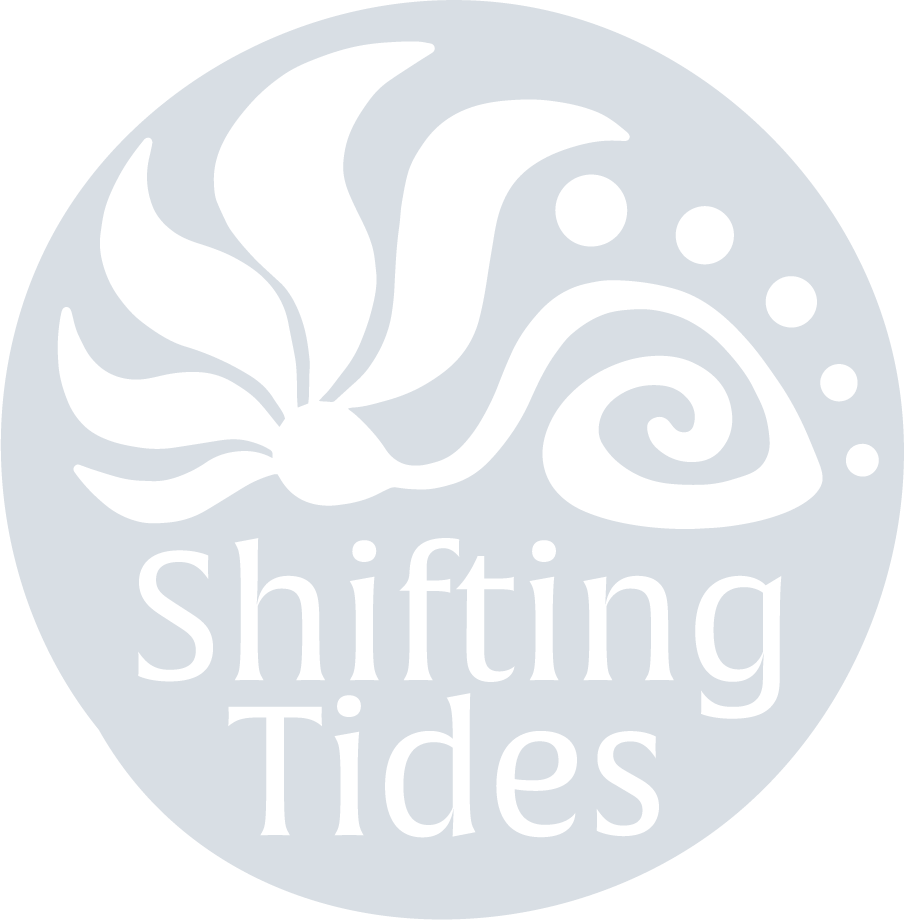Know Before You Go - Oregon Coastal Foraging
There’s a number of things to keep in mind and stay up to date on when foraging for shellfish on the Oregon Coast. Here’s some helpful information to get you started.
Before doing any type of coastal shellfish foraging, you must obtain a shellfish license from Oregon Department of Fish and WIldlife. The coast and its natural resources belong to everybody. Which means that by taking a part of these resources for your own personal benefit and use, a license is required and a fee is paid. This fee helps the state do it’s job to regulate this industry, keeping us safe and our coastline healthy. This can be purchased online, here, and carried on the ODFW App on your phone.
After obtaining a shellfish license, there are a few important things to keep in mind when heading out to the Oregon Coast to forage.
Protected areas are definitely the first thing to check before heading out to forage mussels. There are various protected areas along the Oregon Coast, whether marine reserves, marine protected areas, marine gardens, conservation areas or research areas, they all may have separate regulations around exploration and disturbance. Before picking your destination please confirm that it is not a protected area and that mussel foraging is in fact allowed. Here is a great map with protected areas and their regulations laid out. All sport fishing regulations can also be found here.
The intertidal is the area between the tides, meaning you can only access it when the tide is low. Organisms that live in this area are not always accessible to us. Therefore tides are hugely important. Tides vary based on the location, so knowing where you are going, and making sure it’s not protected, is again definitely something to do before checking the tides. There are various sites and apps you can get to check the tides, I typically look at a few for an area and average what they say (since they all may say slightly different times). The National Oceanic and Atmospheric Administration has a tide page, linked here, that is a good source. Please keep in mind that low tide levels and coastal safety is hugely affected by the swell and surf hitting our coastline as well. Make sure conditions are SAFE before entering the intertidal.
Seasons are also very important, for both ocean conditions as well as opening and closing of specific shellfish foraging. Some shellfish foraging is allowed year round, with a license, while others have specific seasons.
Another majorly important thing to double check is Oregon Department of Fish and Wildlife biotoxin reports. This is something that I’d recommend checking the day of any foraging outing, since unlike the other details that you can check prior, may change every day. Since shellfish are filter feeders, removing and eating tiny particles from the water and storing them in their tissues, knowing about biotoxin levels is very important. Consuming shellfish with high concentrations of biotoxins can make you very sick!
It may seem like a lot but in order to keep our foraging sustainable and stay healthy in the process, these are all hugely important pieces.

